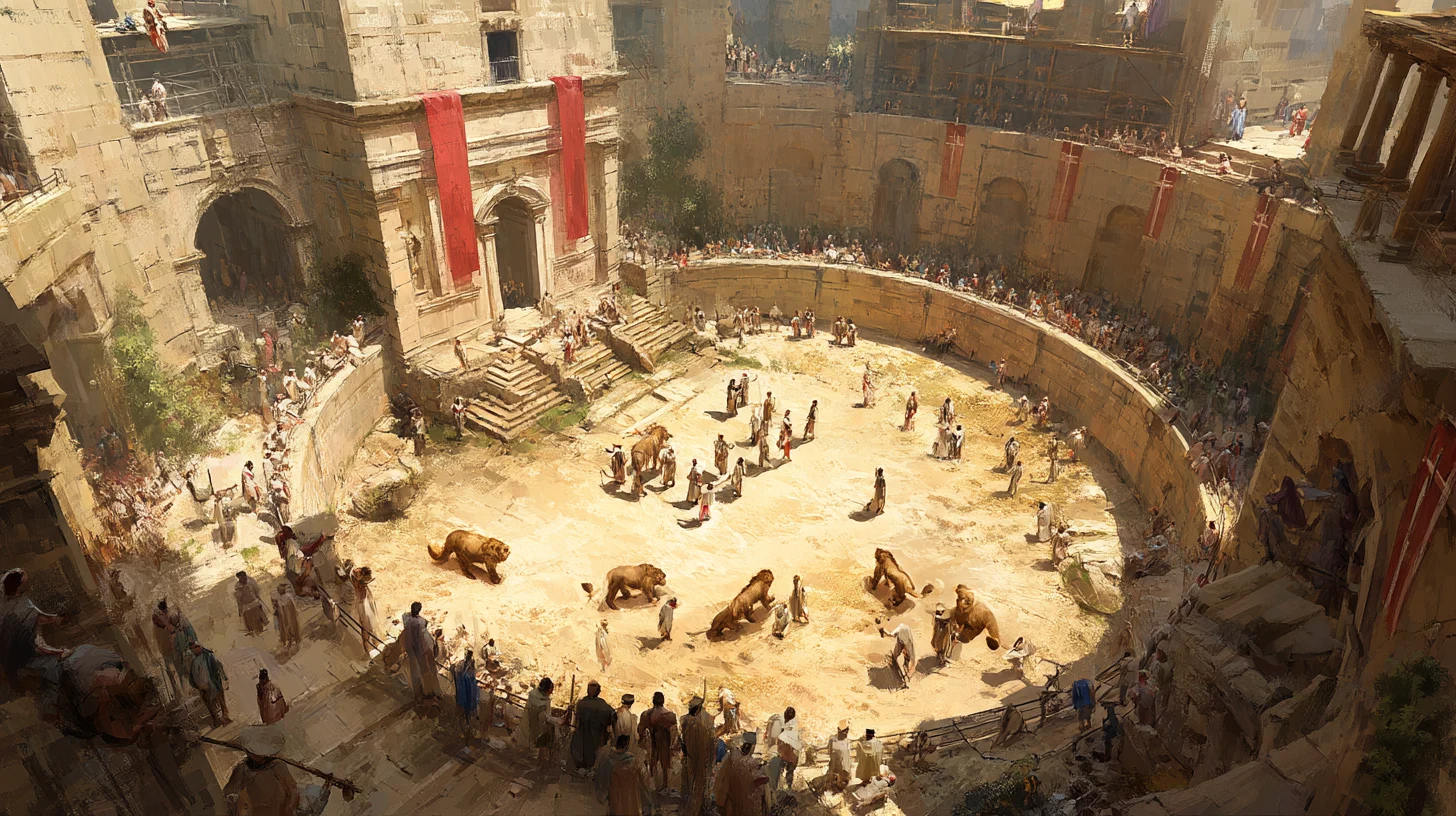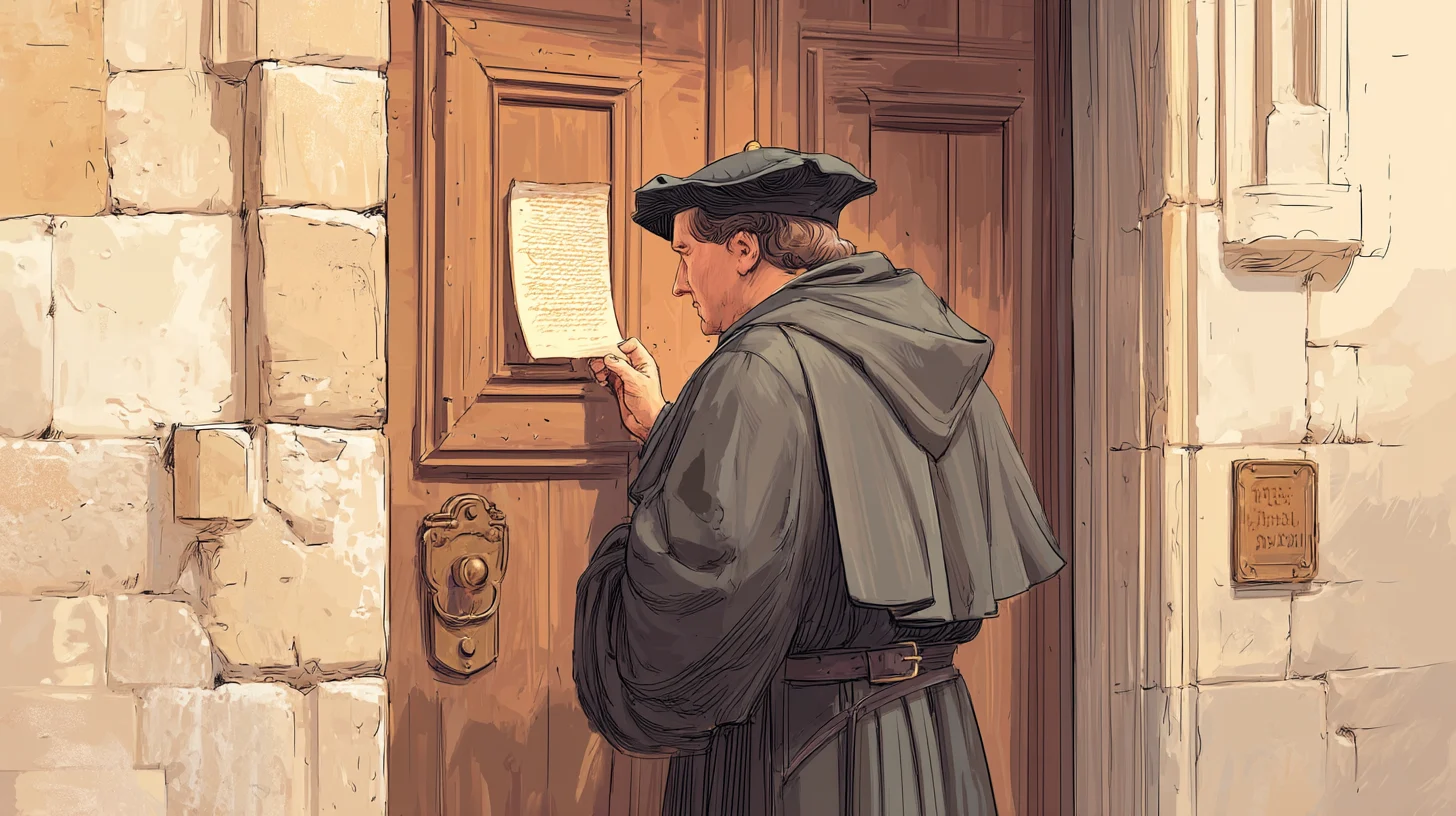The Living Legacy: Understanding Church History and Its Enduring Relevance
Why Church History Matters
The story of Christianity spans over two millennia, weaving through empires and nations, transforming cultures, and shaping the lives of countless believers. Yet for many modern Christians, church history remains an unexplored territory—a vast landscape of unfamiliar names, distant events, and seemingly irrelevant theological debates. This disconnect from our historical roots comes at a cost, leaving us without the wisdom, perspective, and identity that our shared heritage offers.
Understanding church history provides contemporary believers with several invaluable benefits. First, it connects us to the great cloud of witnesses who have gone before us, reminding us that our faith is not merely personal but part of a continuous, living tradition. Second, historical awareness helps us avoid repeating past mistakes and misunderstandings that have already been addressed by previous generations. Third, recognizing the historical development of Christian thought and practice nurtures humility, as we realize that our own theological perspectives have been shaped by particular historical circumstances rather than emerging directly from scripture alone.
As we embark on this journey through Christian history, we’ll explore pivotal moments, influential figures, and transformative movements that have shaped the faith we know today. By understanding where we’ve come from, we gain invaluable insights into who we are and where we might be headed.
The Early Church (30-500 AD): Foundations of Faith
Major Turning Points
The first five centuries of Christianity witnessed extraordinary growth and development as the faith transitioned from a small Jewish sect to a dominant religious force throughout the Roman Empire.
The Apostolic Era (30-100 AD) began with Christ’s resurrection and Pentecost, establishing the first Christian communities primarily among Jewish believers. The destruction of Jerusalem’s temple in 70 AD marked a crucial transition as Christianity increasingly distinguished itself from Judaism. During this period, the apostles and their immediate disciples established churches throughout the Mediterranean world, facing both Jewish opposition and Roman suspicion.
The Period of Persecution (100-313 AD) tested the young church through sporadic but sometimes intense persecution. Christians were often viewed as antisocial for refusing to participate in the civic religion of Rome, leading to accusations of atheism and disloyalty. Despite these challenges (or perhaps because of them), Christianity continued to spread rapidly. As Tertullian famously observed, “The blood of the martyrs is the seed of the church.” During this time, Christian communities developed more structured leadership models, liturgical practices, and theological articulations of their faith.

The Imperial Era (313-500 AD) began with Constantine’s Edict of Milan, which granted legal protection to Christians. As Christianity gained imperial favor, it rapidly transformed from a persecuted minority to a privileged majority. This dramatic shift brought new challenges as the church now had to navigate political entanglements and the influx of nominal converts. The period culminated in Theodosius making Christianity the official religion of the empire in 380 AD.
Theological Developments and Councils
As the church expanded, it confronted both internal and external challenges to its developing theology. The Council of Nicaea (325 AD) addressed the Arian controversy regarding Christ’s nature, affirming the full deity of Christ and producing the Nicene Creed. The Council of Constantinople (381 AD) further refined Trinitarian theology, while the Council of Ephesus (431 AD) and the Council of Chalcedon (451 AD) addressed Christological controversies, affirming that Christ is fully God and fully human in one person.
Early Church Practices
The earliest Christian communities were characterized by several distinctive practices that reflected their Jewish roots while expressing their new faith in Christ. They gathered regularly for teaching, fellowship, the breaking of bread, and prayer (Acts 2:42). Worship typically occurred in homes and included communal meals, scripture reading, prayer, and the celebration of the Lord’s Supper. Leadership initially followed apostolic authority before transitioning to structures involving bishops, presbyters (elders), and deacons.
Baptism served as the initiation rite into the Christian community, while the Eucharist (communion) was celebrated as a central act of worship commemorating Christ’s sacrifice. Christians were known for their radical hospitality, care for the poor, and commitment to moral purity in a pagan environment.
Heroes of the Faith
The early church was shaped by numerous influential figures whose writings and examples continue to inspire believers today:
Justin Martyr (100-165 AD) was among the first Christian apologists, defending the faith to Roman audiences and demonstrating Christianity’s intellectual credibility. His approach to integrating faith and reason remains relevant for believers engaging with skeptical cultures.
Athanasius of Alexandria (296-373 AD) courageously defended the deity of Christ against Arianism, enduring multiple exiles for his convictions. His famous work “On the Incarnation” remains a theological masterpiece explaining why God became human.
Augustine of Hippo (354-430 AD) transformed Christian theology through his writings on grace, predestination, the Trinity, and the nature of the church. His “Confessions” provided a model of spiritual autobiography that continues to resonate with believers seeking personal transformation.
Medieval Christianity (500-1500 AD): Faith in a Feudal World
The Changing Landscape
Following the collapse of the Western Roman Empire, the church became the primary preserver of classical learning and social stability throughout Europe. Monasticism flourished as centers of prayer, learning, and agricultural innovation. The growing separation between Eastern and Western Christianity culminated in the Great Schism of 1054, which formally divided the church into Roman Catholic and Eastern Orthodox branches.
Key Developments
The medieval period saw the consolidation of papal power, the rise of scholasticism, and the emergence of new monastic orders responding to societal needs:
The Benedictine Order, established by Benedict of Nursia in the 6th century, provided a balanced rule of life emphasizing prayer, work, and study—a pattern that would influence Western monasticism for centuries.
The Crusades (1095-1291) represented both religious zeal and political ambition, leaving a complex legacy of cultural exchange and mutual suspicion between Christianity and Islam.
Scholasticism emerged as an intellectual method for reconciling faith and reason, using Aristotelian logic to address theological questions systematically. This approach transformed education through the establishment of universities throughout Europe.
Medieval Figures of Influence
Thomas Aquinas (1225-1274) synthesized Aristotelian philosophy with Christian theology in his monumental “Summa Theologica,” creating a comprehensive theological system that remains influential in Catholic thought.
Francis of Assisi (1181-1226) embraced radical poverty and love for creation, founding the Franciscan order that emphasized simplicity, humility, and service to the poor—a powerful counter-witness to the increasing wealth and power of the institutional church.
Hildegard of Bingen (1098-1179) exemplified the often-overlooked contributions of women in church history as a mystic, composer, natural scientist, and abbess whose writings and music continue to inspire spiritual seekers today.
The Reformation Era (1500-1650): Faith Reformed and Divided
The Protestant Reformation
The 16th century witnessed seismic shifts in Western Christianity triggered by multiple factors: corruption within the Catholic hierarchy, the rise of humanism emphasizing return to original sources, the invention of the printing press enabling mass communication, and emerging national identities challenging papal authority.
Martin Luther’s posting of the Ninety-Five Theses in 1517 catalyzed debates over indulgences that eventually expanded into fundamental questions about authority, salvation, and the nature of the church. Luther’s emphasis on salvation by faith alone, the priesthood of all believers, and scripture as the highest authority established foundational Protestant principles.

John Calvin systematized Reformed theology in his “Institutes of the Christian Religion,” emphasizing God’s sovereignty and developing a comprehensive approach to theology, church governance, and social engagement that would influence societies from Geneva to Scotland to the New World.
The English Reformation followed a more political path as Henry VIII broke with Rome over his desired annulment, establishing the Church of England as a unique “middle way” between Catholicism and continental Protestantism.
The Catholic Counter-Reformation
The Catholic Church responded to Protestant challenges through the Council of Trent (1545-1563), which clarified Catholic doctrine, implemented institutional reforms, and launched new missionary efforts. The Society of Jesus (Jesuits), founded by Ignatius of Loyola, became powerful agents of Catholic renewal through education, missionary work, and spiritual direction.
Legacy of Division and Renewal
The Reformation era left Christianity more fragmented but also more dynamic. Protestant emphasis on vernacular scripture and worship democratized faith, while Catholic renewal restored discipline and zeal within traditional structures. Both traditions experienced spiritual renewal through figures like Teresa of Avila (Catholic) and Johann Arndt (Lutheran), demonstrating that institutional division did not prevent the continued work of the Holy Spirit in both communities.
Modern Christianity (1650-Present): Global Faith in a Changing World
Expansion and Adaptation
The modern era has witnessed Christianity’s transformation from a predominantly European faith to a truly global religion. This expansion began with colonial missions but has evolved into indigenous movements throughout Africa, Asia, and Latin America. Today, the demographic center of Christianity has shifted to the Global South, bringing new theological perspectives and expressions of faith.
Key Movements
The Great Awakening of the 18th century revitalized Protestant spirituality through passionate preaching and personal conversion experiences. Figures like John Wesley established Methodism with its emphasis on personal holiness and social reform.
The Modern Missionary Movement, launched by William Carey’s work in India, expanded Christianity globally through dedicated missionary societies and Bible translation efforts.
The Pentecostal Movement, beginning with the Azusa Street Revival of 1906, introduced a renewed emphasis on the Holy Spirit’s gifts and transformed global Christianity through its emphasis on spiritual experience and supernatural ministry.
The Ecumenical Movement emerged in the 20th century as a response to Christian division, seeking to restore visible unity among believers through dialogue and cooperation across denominational lines.
Learning from Church History Today
Applying Historical Wisdom
Understanding church history offers contemporary believers several practical benefits:
- Theological Perspective: Historical awareness helps us distinguish between core Christian doctrines that have been affirmed across centuries and secondary issues that have legitimately varied across traditions.
- Spiritual Resources: The historical treasury of prayers, spiritual disciplines, and devotional writings provides tested pathways for spiritual growth beyond current trends.
- Humility in Disagreement: Recognizing that sincere believers throughout history have held different positions on certain issues encourages charitable dialogue across theological differences today.
- Discernment of Trends: Familiarity with historical patterns helps identify both promising developments and potential dangers in contemporary movements.
Building Unity Through Historical Understanding
While church history reveals many painful divisions, it also provides resources for healing. Studying history together allows Christians from different traditions to:
- Recognize shared roots before major divisions occurred
- Acknowledge historical misunderstandings and injustices
- Appreciate distinctive gifts each tradition brings to the larger Christian family
- Find common ground in the historic core of Christian faith
Conclusion: Living Within the Great Story
Church history is not merely a collection of facts about the past but a living tradition that continues to unfold. As contemporary believers, we are not just students of this history but participants in it—writing the next chapter through our own faithfulness.
By understanding where we’ve come from, we gain clarity about who we are and what God may be calling us to become. The wisdom of those who have gone before us—their insights, their courage, their mistakes, and their faith—provides invaluable guidance as we navigate our own challenges and opportunities.
As we continue this journey, may we remember that we walk in the footsteps of countless believers who have faithfully carried the light of Christ through the centuries. Their story is our story, and together we participate in the greatest story ever told—the ongoing work of God’s redemption throughout human history.
Reflection Questions
- Which period of church history do you find most interesting or relevant to your own faith journey? Why?
- How might understanding historical developments in Christianity help you engage more fruitfully with believers from traditions different from your own?
- What practices or insights from the early church could enrich contemporary Christian life and worship?
- How has learning about church history challenged or confirmed your understanding of Christian faith?
- In what ways are you participating in and contributing to the ongoing story of Christ’s church today?


